Quality score is a critical component in PPC advertising that can significantly impact your campaign’s success. It is calculated by Google Ads and based on three factors that can affect your ads’ visibility, click-through rate, and overall performance.
By understanding these three elements, you can optimize your campaigns and improve your quality score, leading to increased conversions and ROI.
 This article will delve into the intricacies of quality score, the factors used to calculate it in Google Ads, and how they impact your overall campaign and account success.
This article will delve into the intricacies of quality score, the factors used to calculate it in Google Ads, and how they impact your overall campaign and account success.
By leveraging quality score and optimizing your ads based on the factors influencing them, you can improve your ad rank, lower your cost per click, and ultimately achieve your PPC marketing goals.
Quality score is one of the many constants in PPC marketing. It’s a score calculated by Google and Microsoft alongside your bid that determines your ad rank.
Yet, the factors of quality score and how much each lever impacts them is often a subject of debate.
This article is written from a Google-first perspective. However, many of the strategies and mechanics carry over to Microsoft Ads. We will dive into each quality score factor and explore how they affect your overall campaign and account success.
What are the factors used to calculate quality score?
Google calculates a quality score based on the combined performance of three components:
- Expected click-through rate (CTR): The anticipated CTR of the ad against what the ad platform considers similar ads.
- Ad relevance: How well does the keyword that triggered the ad relate to the query? How well does the landing page follow through on the ad’s promise?
- Landing page experience: Does the keyword to ad to landing page relevance carry through? Does the page provide a good experience for the user (easy to navigate, limited pop-ups, fast load time, etc.)?
Important note: Quality score is calculated based on the exact impressions of your keyword’s search terms. If you test a new match type, the quality score data won’t be lost.
However, if you change a keyword without copying it over and making the change in the copy, you will remove the original keyword (which can stunt performance).
Be careful when making any adjustments to keyword match types or syntax.
Ad relevance: How it is calculated and its impact
Ad relevance is the most straightforward lever to control and influences the other two quality score factors.
Here, Google AdWords examines how well keywords are featured in the ad copy and how closely the keyword idea matches the query. The closer the match, the better the score.
Make sure toto differentiate ad strength from ad relevance.
Ad strength is a score given to the creative quality of the ad and does not impact the quality score. It is calculated based on the following:
- Top keywords used in the ad copy.
- The uniqueness of headlines/descriptions.
- Using as many of the headlines/descriptions as possible.
Ad relevance looks at the relevancy between the keyword, ad, and landing page. This is calculated by assessing the following:
- Keyword density on the landing page and ads.
- How closely the keyword that triggered the ad matches the query.
- Whether the query’s intent meets the ad text and is captured by the keyword.
As match types relaxed to cover intent over exact spellings and order, the rules of engagement shifted. It’s no longer important to have every single keyword to ensure ad relevance matching.
Even though broad match keywords struggle a bit more with getting higher quality scores, they also have an easier time securing cheaper spots in the auction.
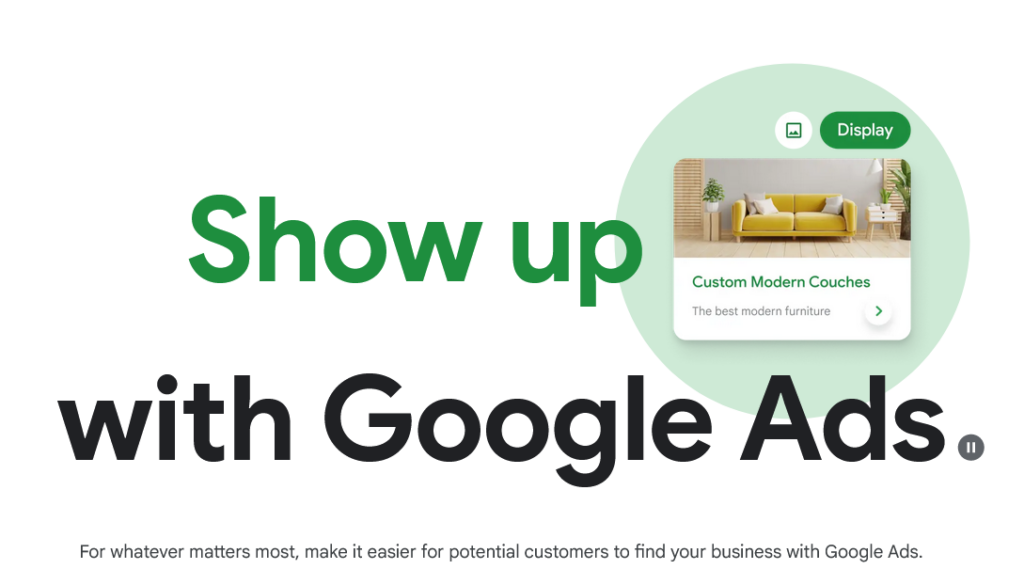
Understanding Expected CTR and Its Significance
Calculating expected CTR and its impact on Quality Score can be challenging since it is only partially within your control. Google assigns a score to each keyword based on its past performance, which can result in three possible outcomes:
- Above Average
- Average
- Below Average
These scores are determined by comparing your campaign’s performance against that of similar advertisers. However, the comparison can vary depending on which advertisers Google chooses to compare you with. This leads to a previously high-performing CTR being downgraded to average or below average.
Therefore, while expected CTR is an essential factor in Quality Score; it is less crucial than the other two criteria. Optimizing for a high CTR is more critical than optimizing for an expected CTR.
To check your account’s performance on this metric, you can access the expected CTR column in Google Ads and sort your keywords by their status. However, remember that keywords with lower expected CTR may still be valuable in other ways.
A higher expected CTR means that your brand can attract more engagement from potential customers, resulting in increased revenue for the ad network. In return, you may receive discounted CPCs as a reward for the volume you represent in the auction.
Industries with lower search volumes may need help to achieve above-average CTRs, but this should not influence their opinion on the campaign’s success.
Landing page experience: How it is calculated and its impact
Landing page experience is the closest PPC managers will get too technical SEO. Both digital marketing channels must use this metric as a guide. Google crawls the page and looks for the following:
- Load time: Does the page load in two seconds or faster?
- Cumulative layout shift (CLS): Does the page honor the CLS rules of engagement, that is, no changes to the layout within 5 seconds of rendering?
- Layout: Is the page easy to access and navigate for a human user?
- Keyword relevance: Is the intent implied in the ad represented by the page’s content?

PPC landing pages are optional to be followed and indexed. More often than not, it is ideal that paid landing pages are no-indexed and no-followed so they can use templatized content and not be forced to carry through the navigation bar.
Typically a good landing page experience is where a high conversion rate comes from, so you will naturally see conversion rates improve with this score.
5 Effective Tactics to Optimize Quality Score in PPC Campaigns
Quality score is a critical component of PPC campaigns that affects your ads’ visibility, relevance, and performance. Here are five tactics to help you optimize your quality score and achieve better results:
- Utilize branded campaigns to sequester branded traffic from non-branded, provide data points to the algorithm, and communicate meaningfully with your warm audience.
- Focus on conversational keyword champions over high search volume to optimize for conversational voice search and transactional intent, avoid quality score traps, and ensure safety from voluminous cheap clicks or unintended expensive auctions.
- Use behavior analytics to identify and resolve landing page experience issues that cause friction for your users. Tools like Microsoft Clarity or Hotjar can provide valuable insights into page load time, form issues, cookie consent modules, and other user experience factors.
- Allow for fluctuation in quality scores as keywords age and gain impressions and clicks. While a good keyword typically settles between 7-9, it’s normal for a keyword to fluctuate closer to the 5-6 average score.
- Partner with your SEO team to leverage their expertise and insights to enable quality score via crawl budget, establish the foundation for the landing page structure, and ensure a holistic search marketing strategy.
By implementing these tactics, you can improve your quality score, increase your ad’s visibility and relevance, and achieve your PPC marketing goals.

Google Ads PPC Advertising Management Services
Maximizing the Benefits of Quality Score: 5 Tips
Quality score is a fantastic health indicator for PPC campaigns and provides valuable insights into account performance. By utilizing these five tactics, you can optimize your campaigns and maximize the benefits of quality score:
- Use branded campaigns to boost account equity and establish credibility.
- Focus on conversational keyword champions that align with user intent rather than prioritizing high search volume.
- Use behavior analytics to improve the landing page experience and enhance user engagement.
- Allow for fluctuations in quality scores as keywords age and adjust strategies accordingly.
- Collaborate with your SEO team to leverage quality score insights and implement cross-channel optimizations.
By implementing these tips, you can improve your quality score, increase your ad’s visibility, and ultimately achieve your PPC marketing agency goals.
Effective Strategies for Optimizing Quality Score in Paid Search
Quality score remains a critical factor in PPC campaigns and is a valuable guide for optimizing account performance. However, it’s important to remember that quality score should never be treated as a KPI but rather as a set of rules that should be factored into account management.
To optimize quality score and achieve better results in your paid search campaigns, consider implementing these strategies:
- Focus on the three factors that impact quality score: expected click-through rate, ad relevance, and landing page experience.
- Use branded campaigns to sequester branded traffic from non-branded, establish credibility with the algorithm, and communicate effectively with your warm audience.
- Prioritize conversational keyword champions over high search volume to optimize for conversational voice search and transactional intent, and avoid quality score traps.
- Use behavior analytics to identify and resolve landing page experience issues that cause friction for your users, such as slow load times, form issues, and cookie consent modules.
- Allow for fluctuations in quality scores as keywords age and gain impressions and clicks, but ensure that they remain within an acceptable range to avoid significant drops in performance.
By implementing these strategies, you can optimize your account for a better quality score and achieve cheaper clicks in your paid search campaigns.

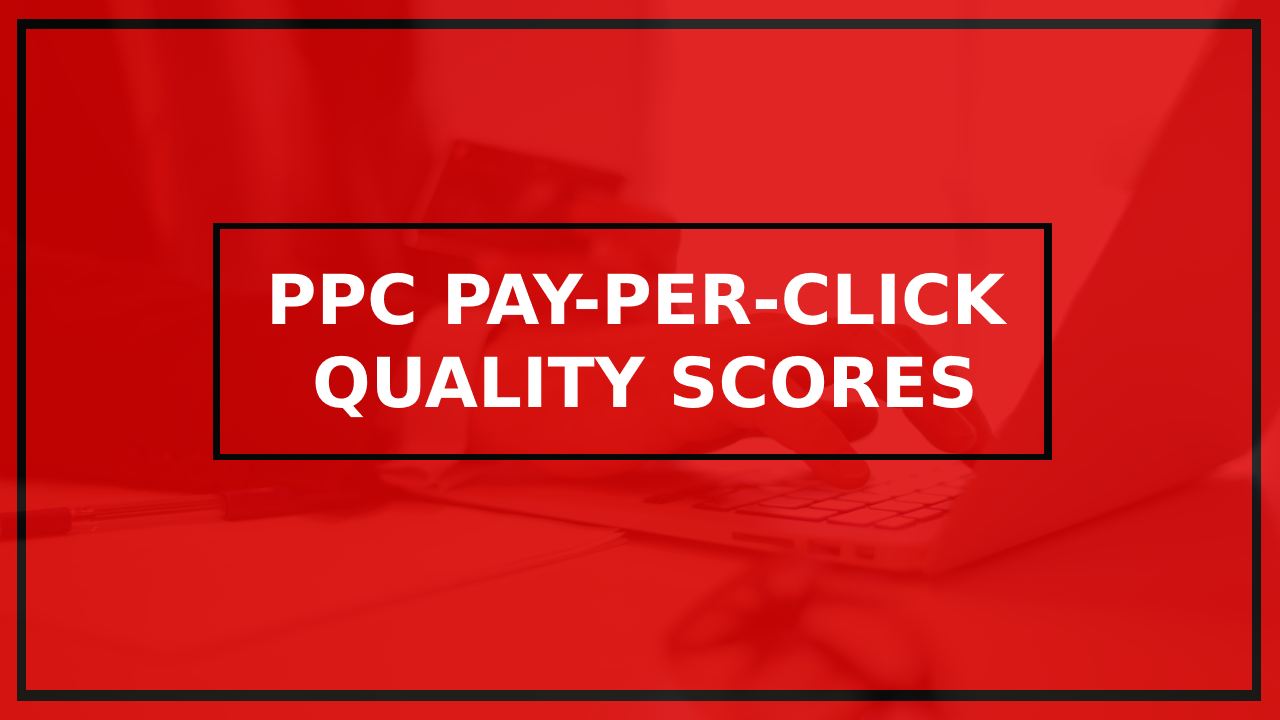

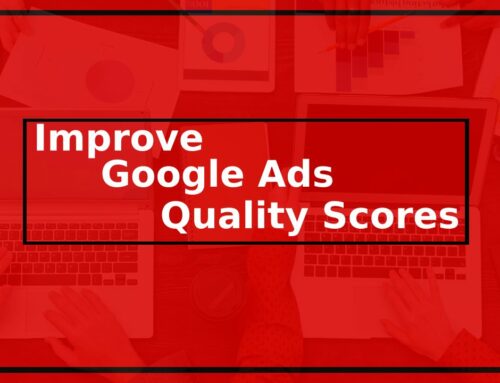
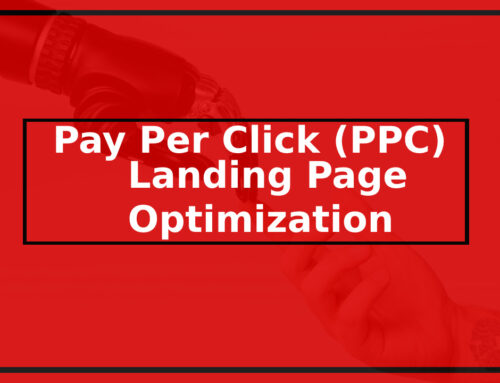
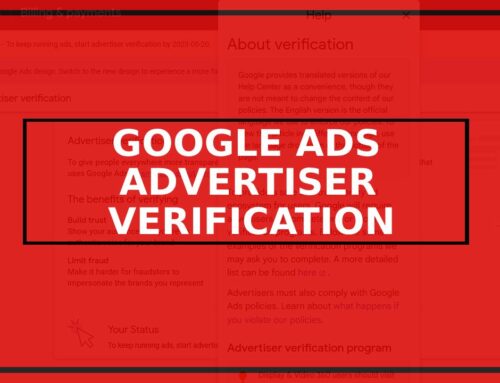
Leave A Comment